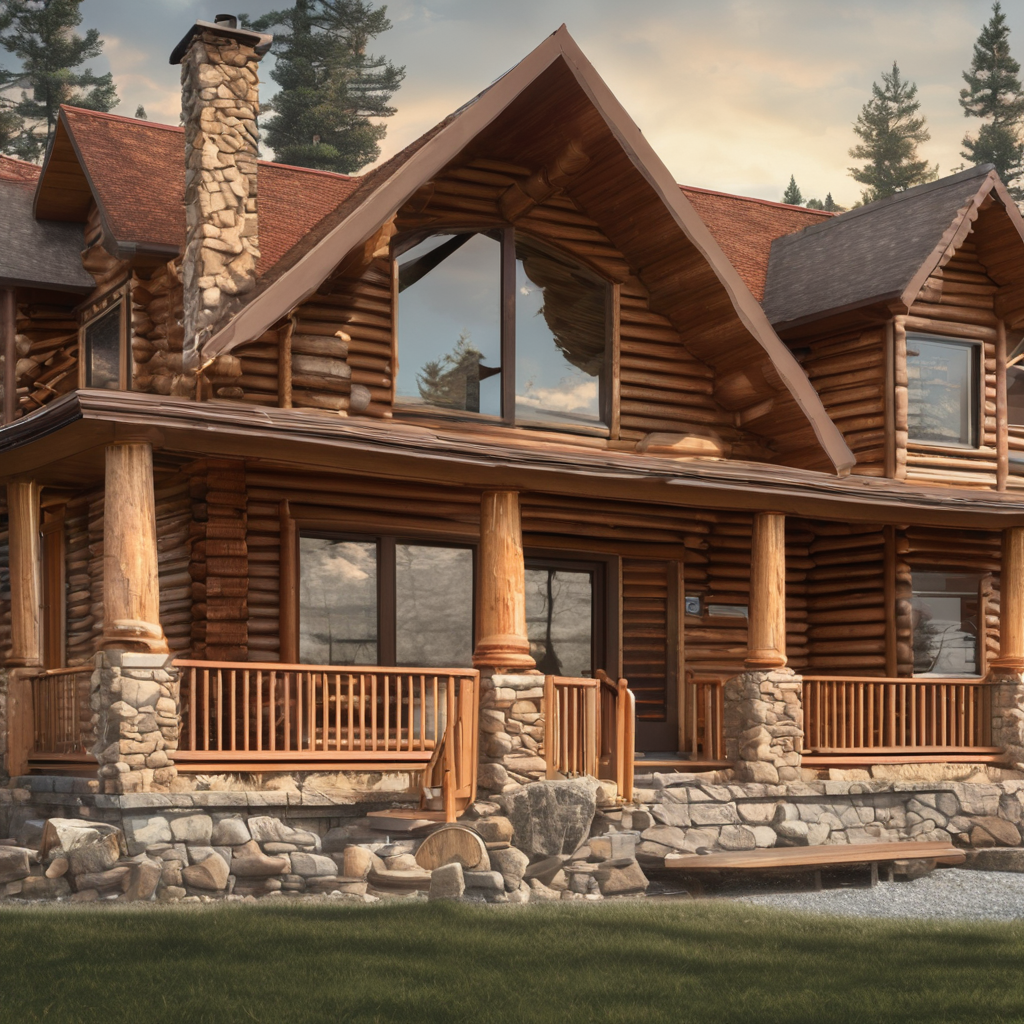Importance of Entryway Design in Energy Efficiency
Entryway design is often overlooked, yet it plays a vital role in maintaining a home’s temperature. How does it contribute to energy efficiency, you ask? By effectively reducing heat loss.
Entryways can be a significant source of heat leakage, largely due to common design flaws. These flaws include poorly sealed doors, gaps around frames, and outdated structures that allow drafts. Such issues lead to energy inefficiency as heat escapes and cold air infiltrates, prompting increased energy use to maintain indoor comfort.
Also to read : Elevate your home”s security: the ultimate uk homeowner”s guide to smart locks and video doorbells
Optimizing entryways for energy efficiency offers compelling benefits. By addressing these design flaws, households can considerably reduce utility bills. Incorporating effective design strategies and materials, such as energy-efficient doors and improved thermal barriers, can drastically minimise heat loss. This not only enhances the home’s coziness but also contributes to environmental sustainability by lowering energy consumption.
In conclusion, thoroughly evaluating and improving your home’s entryway design is crucial for reducing heat loss and boosting energy efficiency. Implementing targeted changes can lead to substantial savings and a more comfortable living environment.
Also to discover : Effective draught-proofing techniques to boost energy efficiency in iconic uk period properties
Innovative Insulation Techniques for Entryways
Insulation techniques play a crucial role in preventing heat loss at entryways. Draftproofing is the primary step to enhance thermal efficiency. By sealing gaps around doors and implementing tight frames, cold drafts are effectively blocked, maintaining a stable internal temperature. Introducing advanced thermal barriers is another smart move. These barriers often consist of materials like fiberglass or foam, effective in minimizing heat escape.
Selecting Appropriate Insulation Materials
Choosing the correct insulation materials is essential for effective entryway draftproofing. Materials like fiberglass and spray foam offer high thermal resistance. In the UK, options such as these provide substantial benefits due to their adaptability to varying climates. They are cost-effective and can drastically reduce energy bills.
DIY Insulation Solutions
For those inclined to take a hands-on approach, DIY insulation methods can be practical and affordable. Utilizing door sweeps and weatherstripping, homeowners can readily seal minor entryway gaps. Self-adhesive strips are popular for their simplicity and effectiveness in improving energy efficiency without significant financial investment.
Professional Insulation Services
Engaging professional services for entryway insulation ensures comprehensive coverage of potential heat loss points. Specialists thoroughly evaluate entryways, applying advanced insulation techniques tailored to specific home needs, delivering optimal results in energy conservation.
Energy-Efficient Products for Entryway Enhancement
Integrating energy-efficient products into entryway design can significantly bolster household efficiency and comfort. Smart technology plays a pivotal role, with devices like smart thermostats and sensors enabling precise control over entryway temperatures. These intelligent solutions learn usage patterns and adjust heating accordingly, ensuring minimal heat loss and optimal energy use.
When selecting entryway features, energy-efficient doors and windows are paramount. These products offer superior insulation, effectively mitigating drafts and reducing energy consumption. Energy-efficient doors often possess enhanced sealing systems and materials, such as composite or uPVC, that provide improved thermal performance.
Incorporating thermal rugs and mats is another simple yet effective strategy. These products add an extra layer of insulation, reducing cold surface exposure and retaining heat within indoor spaces. Thermal rugs are particularly beneficial in colder climates, enhancing overall entryway warmth.
By investing in such products, homeowners not only improve temperature control but also contribute to wider energy savings and environmental sustainability. These enhancements offer a pragmatic approach for those seeking to modernise their homes while aligning with eco-friendly practices.
Case Studies and Success Stories
By exploring real-life case studies, we grasp the tangible impact of entryway improvements on energy efficiency. Homeowners frequently report dramatic shifts in comfort and efficiency post-renovation. For instance, a family in Yorkshire undertook a comprehensive overhaul of their entryway, incorporating modern energy-efficient doors and thermal barriers. The results were notable: a 30% reduction in energy bills and a more stable indoor temperature.
Homeowner experiences illustrate not only cost savings but also enriched living environments. A couple from Manchester opted for smart thermostats and sensors, achieving precise climate control in their entryway. Their testimony highlights the convenience and increased warmth, particularly during winter months.
Before and after analyses further illuminate the benefits of thoughtful entryway design. One such example in London showed measurable reductions in heat loss and drafts after insulation upgrades, significantly lowering heating needs.
These success stories showcase how entryway renovations meet demands for efficiency and comfort. Testimonials from homeowners repeatedly underscore the enhanced quality of life and the enduring value of investing in entryway improvements. By sharing these experiences, we inspire others to consider the profound benefits achievable through entryway optimisation.
Cost-Effectiveness and Sustainability of Entryway Improvements
Enhancing entryways can be a smart financial move. Budgeting for entryway upgrades requires a thoughtful approach. Start by identifying critical areas like draftproofing and insulation materials. Allocate funds towards energy-efficient products such as smart thermostats, which streamline power use.
When considering the long-term savings on energy bills, initial costs can seem significant. However, improvements such as installing thermal barriers or energy-efficient doors often pay for themselves over time. Homeowners usually notice a decrease in utility bills within the first year, leading to substantial savings.
Opting for eco-friendly materials and practices aligns with sustainable living goals. Use materials like recycled insulation or sustainably sourced wood. Future-proofing your home through these sustainable choices does not just benefit the environment—it also appeals to potential buyers, enhancing property value.
Ultimately, it’s about balancing upfront costs with enduring benefits. Choosing the right products and services for your entryway can ensure a home that is not only comfortable but also conservatively efficient. Prioritising sustainability strengthens this process, endorsing both environmental and financial health.




